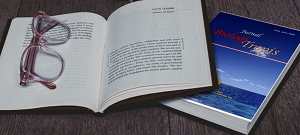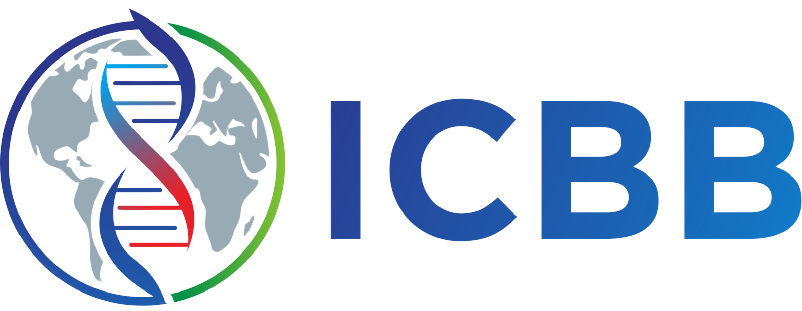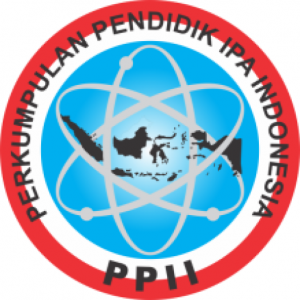
Similar Articles
- Nur Aini Bunyani, Robert A. Sole, Joritha Naisanu, The Use of Lamtoro Plants as Organic Fertilizers for Cayenne Pepper Plants of Local Varieties (Capsicum frutescens L.) , Jurnal Biologi Tropis: Vol. 21 No. 3 (2021): September - Desember
- A. Muh Nurdiansyah Darussalam, Faisal Sommeng, Rezky Putri Indarwati Abdullah, Characteristics of Heart Failure Patients Undergoing Intensive Care at Ibnu Sina YW-Umi Makassar Hospital in 2023 , Jurnal Biologi Tropis: Vol. 24 No. 3 (2024): July - September
- Sugih Akbar Hidayat, Imam Bachtiar, Eni Suyantri, Community Structure of Echinoderms at The Intertidal Zone of Serinting Beach Special Economic Zone of Mandalika , Jurnal Biologi Tropis: Vol. 25 No. 3 (2025): Juli-September
- Amilia Qurota A'yun, M. Taufik Fauzi, Suwardji, A. A. K. Sudharmawan, Genetic Parameters of Rice Strains (Oryza sativa L.) Functional for Development and Increasing Production in Medium Plain Dry Lands , Jurnal Biologi Tropis: Vol. 23 No. 2 (2023): Special Issue
- Syam S Kumaji, Misnawaty Wantogia, Nurdin Mohamad, Farid SM, Daud Yusuf, Dewi Wahyuni K Baderan, Marini Susanti Hamidun, Sukirman Rahim, Iswan Dunggio, Spatial Study of Maleo Bird Habitat Area Change in Sulawesi , Jurnal Biologi Tropis: Vol. 24 No. 2 (2024): April - Juni
- Teguh Budi Wicaksono, Gede Rama Hardy Nugraha, Rizka Ayu Maulida, Rima Cahyati Kusumadewi, Rukmanggana Satya Pratiwi, Annisa Risqi Amaliya, Ghina Shadrina Rienti Sepestian, Ilsa Hunaifi, Current Therapies for Chronic Inflammatory Demyelinating Polyradiculoneuropathy: A Literature Review , Jurnal Biologi Tropis: Vol. 24 No. 3 (2024): July - September
- Yozi Mazri Firanza, Abdul Syukur, I Gde Mertha, Popolation Structure of Seagrass Species and Environmental Conditions in The Gerupuk Beach Area, Central Lombok , Jurnal Biologi Tropis: Vol. 24 No. 2b (2024): Special Issue
- Inayah Wulandari, Rangga Cahya Prasetya, Wira Satriawan, I Kadek Semadi, Herpan Syafii Harahap, The Role of Musical Hobbies in Enhancing Children's Learning Concentration , Jurnal Biologi Tropis: Vol. 25 No. 3 (2025): Juli-September
- Arya Eka Putra, Sri Sukaryani, Content of Dry Matter, Organic Matter, and Ash Wheat forage (Triticum Spp.) Fodder of Hydroponic at age different Defoliation Times , Jurnal Biologi Tropis: Vol. 25 No. 3 (2025): Juli-September
- Trinoviyani Trinoviyani, Nurul Wakiah, Ummu Farah Fadillah, Consumer Preferences for Fermented Foods in Majene Regency, West Sulawesi , Jurnal Biologi Tropis: Vol. 25 No. 3 (2025): Juli-September
<< < 14 15 16 17 18 19 20 21 22 23 > >>
You may also start an advanced similarity search for this article.



























